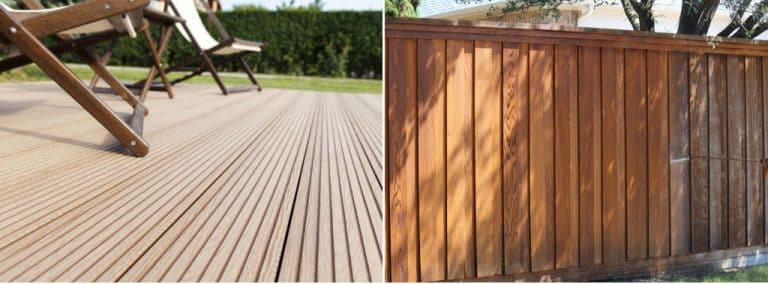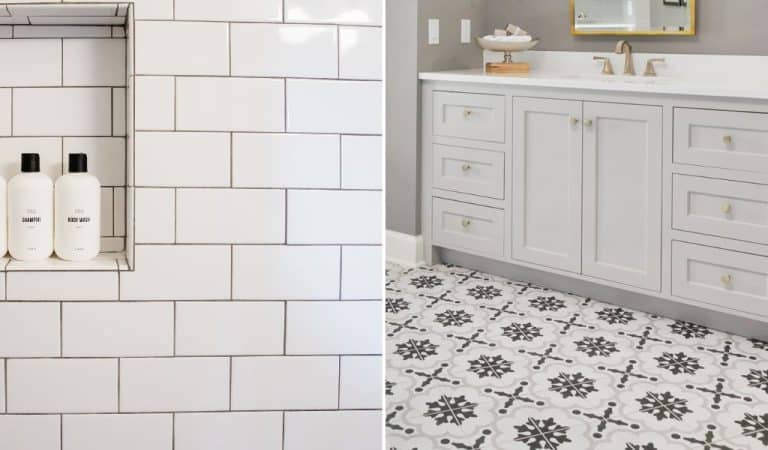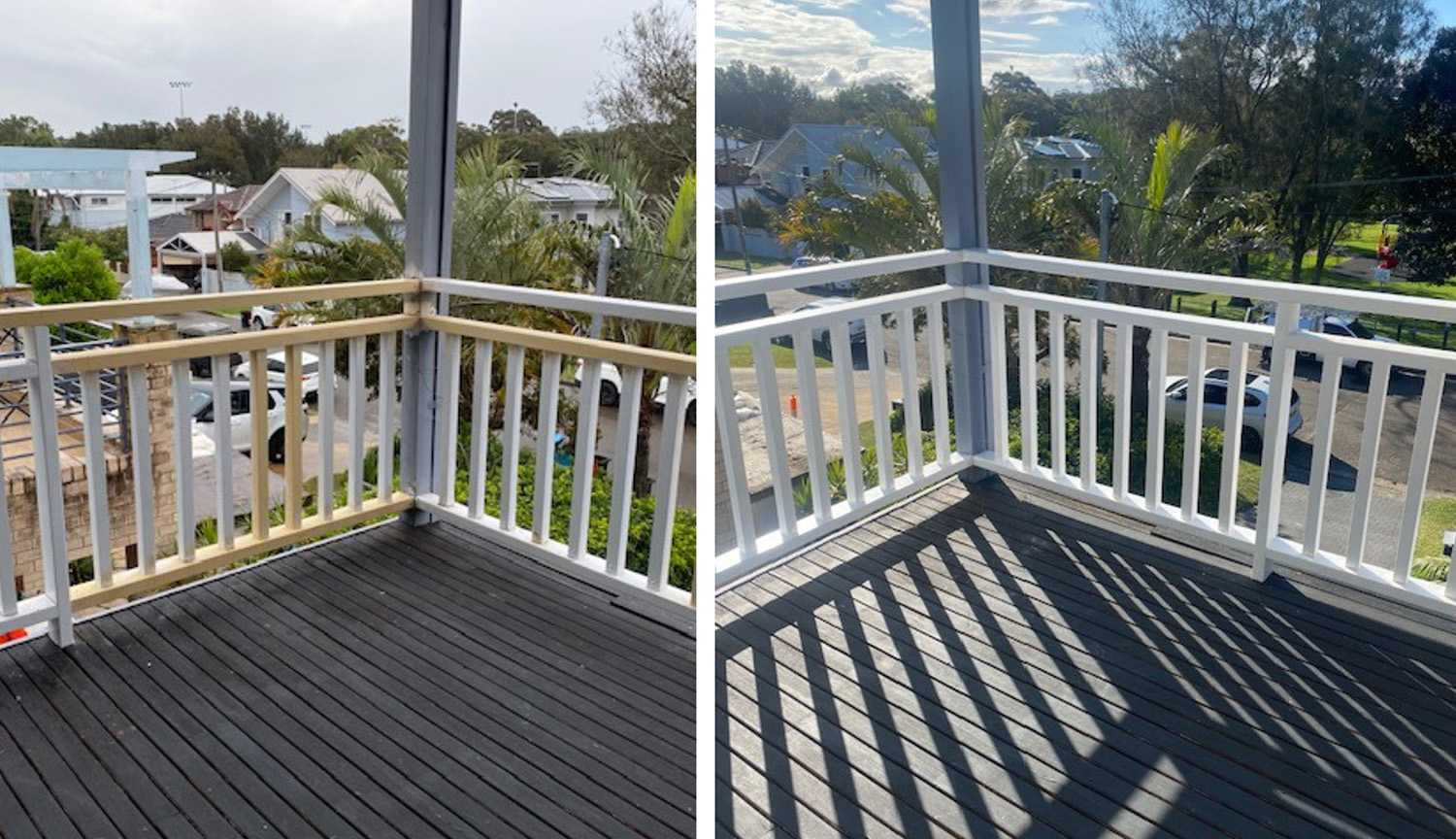The practice of harvesting rainwater remains popular today for two reasons. The first is the fact that the rain that runs off the rooftops of homes is free. The second is the fact that water provided by utility companies can be costly.
While the practice is easy on paper, the actual process of collection involves numerous steps and careful planning. In fact, so much careful planning is involved in the process of the creation of the rainwater collection system that there is little room for error.
One of the things that can determine the success or failure of the system of your home is the material of your roof.
The material the catchment (roof) is made of and whatever things that accumulate on it can contaminate the rainwater that falls there. While it is true that all rainwater stored in the tank should still be treated so it is safe for use, many experts have proven that some roofs are ‘cleaner’ than others.
Galvanised Metal Roofs
All water that falls from a catchment made of this material has low fecal bacteria and DOC concentration, thus making this material a great option. Galvanised metal roofs have zinc coating (the material, therefore, is a mix of both zinc and iron) that prevents the material from rusting. Rust introduces high levels of iron into water collected.
Concrete Roofs
Concrete roofs and gutters are easy to tidy up and can be long lasting. They can last even longer with the application of pine tree resin, which also makes the roof surface smoother.
Tile or Slate
As long as you do everything you can to keep them clean, slate and tile are good catchment materials. Like concrete, these materials are long lasting.
Terracotta
In warm weather, moss and algae will grow on terracotta roofing. But because the growth of algae and moss is slow on this type of material, it is, therefore, suitable for use in a rainwater harvesting system, provided that it is cleaned every now and then. Cleaning involves spraying a roof made of this particular material with chlorine.
Fibreglass
While fibreglass is a decent material for a roof catchment because it is easy to set up and clean, not a lot of people want it in their rainwater harvesting systems. On top of fears that it might be unsuitable for certain climates, each drop of rain that falls on it can produce noise.
Membrane Roofing Materials
Membrane roofing materials are a group of protective materials that can be applied (e.g. by painting) over existing rooftops. Their chemical makeup prevents the growth of bacteria.
Asphalt Shingle Roofs
This is a house roofing material used in a lot of places. The quality of water you’ll end up storing with an asphalt shingle roof catchment depends on how old the rooftop is. With a new home, and thus, a new rooftop made of this material, one can collect water that has lots of dissolved organic carbon or DOC, molecules that naturally are found in bodies of water. In itself, DOC is not harmful, but once Chlorine, a chemical often used for disinfecting water, comes into the mix, the result is a number of carcinogens.
As asphalt shingle roofs age, water stored is expected to have lower DOC concentration but have higher zinc, iron, and particulate matter concentration. Copper can also get into collected water with the application of moss killer on shingles.
Wooden Shingles
While a decent way to direct rain water into rain water tanks, wood shingles are porous and are conducive to mould and fungi growth. Mould and fungi removal or prevention involves the use of chemicals that are not safe for human consumption. As such, this roofing material should not be used to collect water intended for human use and consumption.
Wood
Wooden roofs can grow fungi, mould, bacteria, and algae. As such, they should be cleaned often. Cleaning a roof made of this particular material may involve the use of harmful chemicals, making this roofing material unsuitable for collecting rainwater intended for human use and consumption. They can, however, be used as part of an irrigation system.
Conclusion and Ideal Uses of Rainwater
Rain is still considered the cleanest source of water. Unlike the water stored in dams which requires a lengthy treatment process to clean up so it becomes suitable for human use and consumption, rain water does not require that much in the way of filtering to make it safe for human use. As long as your catchment is made of the right material, making rain pass through a few filters should be more than enough to make it suitable for use in tasks like gardening, toilet flushing, and washing the driveway. A few more filters, and the rain stored and collected can be used for washing dishes and clothing.
Want some help setting up a rain water tank? Our hubbies are here to help! Contact us today.








